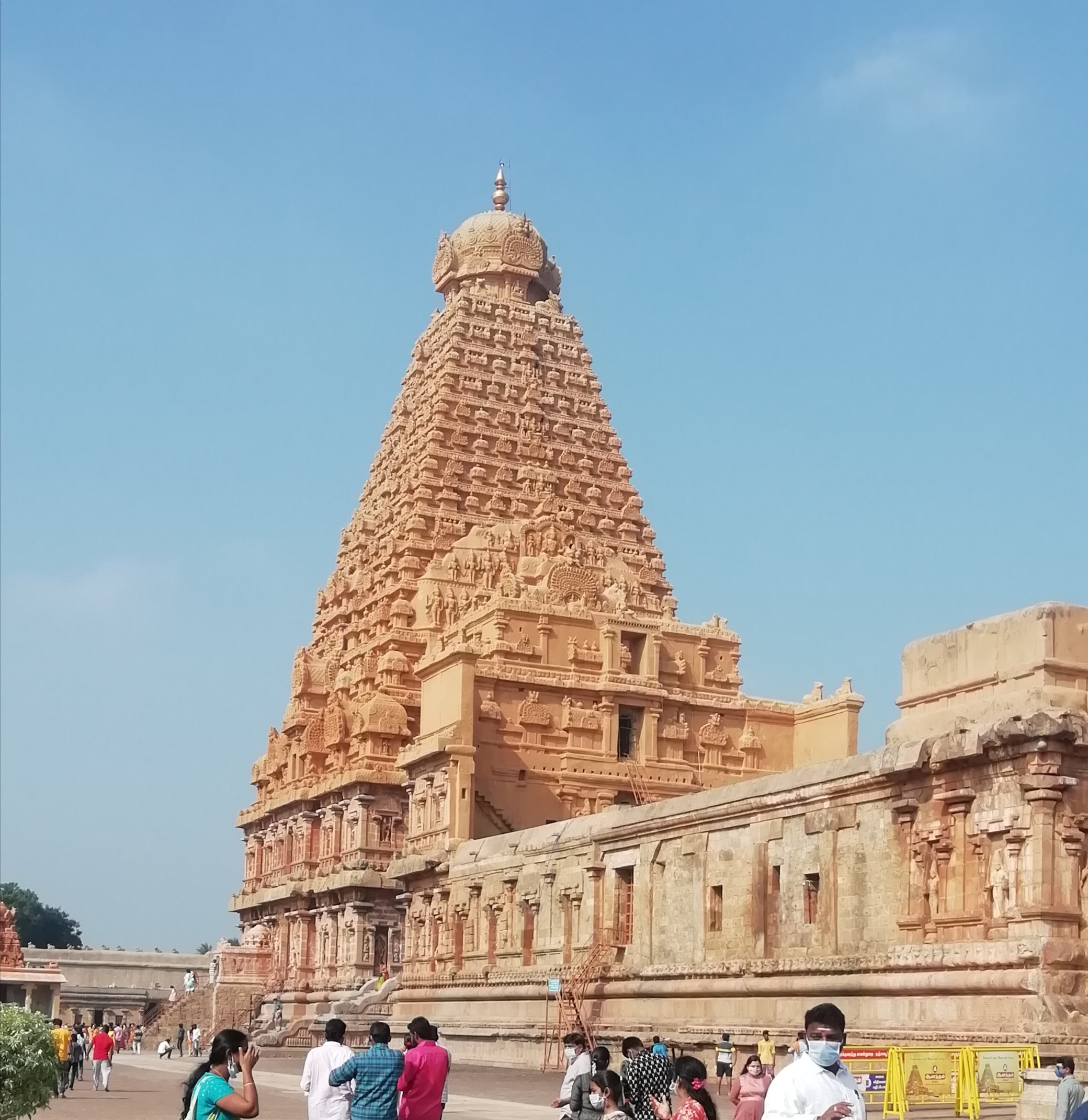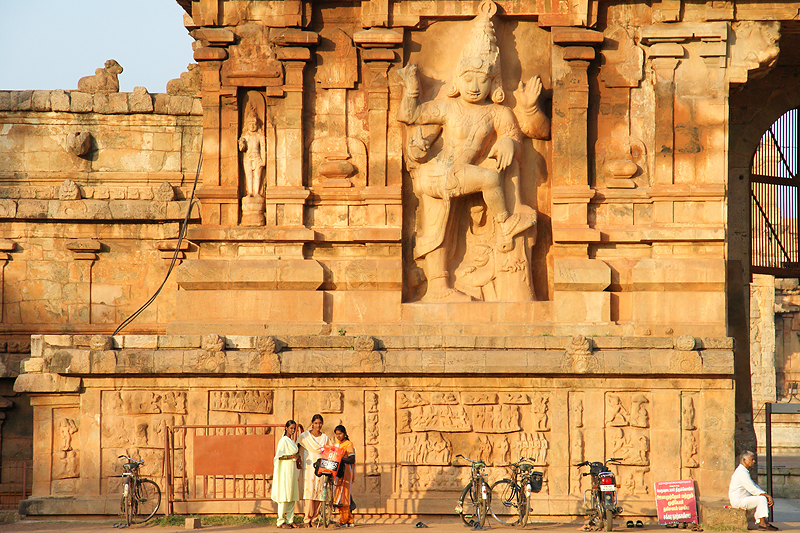The Brihadeeswarar Temple in Gangaikonda Cholapuram stands as an extraordinary testament to the architectural and cultural brilliance of the Chola dynasty. Constructed in 1035 CE by Rajendra Chola I, this magnificent temple represents far more than a mere architectural achievement; it symbolizes an entire era of cultural and imperial expansion. The temple was strategically built as part of Rajendra's ambitious vision to establish a new capital after his triumphant military campaigns across the Gangetic plains, marking a significant moment in medieval South Indian history.
The architectural design of this temple reflects an extraordinary blend of engineering prowess and artistic sophistication. Unlike its more famous counterpart in Thanjavur, this temple presents a more refined and nuanced architectural language. Built using granite and following a precise square plan with sanctum and mandapas aligned on an east-west axis, the structure showcases the sophisticated urban planning and construction techniques of the Chola period. The temple's tower, adorned with intricate sculptures and a prominent Nandi figure, represents not just architectural skill but also deep spiritual symbolism associated with Shaivite traditions.
Rajendra Chola's motivations for constructing this temple were multifaceted, extending beyond religious devotion to political symbolism. By transporting water from the Ganges and creating a massive tank that merged with the local Kaveri River, he metaphorically represented his imperial reach and cultural synthesis. This gesture was more than a hydrological feat; it was a powerful statement of the Chola dynasty's expansive vision and ability to integrate diverse cultural experiences within their sophisticated administrative framework.
The temple's significance transcends its immediate historical context, embodying a profound cultural continuity that has survived centuries of political transformations. As one of the Great Living Chola Temples recognized by UNESCO, it represents not just architectural heritage but a living, breathing cultural institution. Daily rituals, annual festivals like Shivarathri and Aipassi Pournami, continue to animate the space, connecting contemporary spiritual practices with centuries-old traditions.
Archaeological and architectural studies reveal the temple's complex construction techniques and artistic innovations. The intricate bronze sculptures, wall artwork, and precise architectural alignments demonstrate the extraordinary craftsmanship of Chola artisans. Each sculptural element and architectural detail tells a story, not just of religious devotion but of a sophisticated society that valued artistic expression as a form of cultural communication and spiritual exploration.
The temple's preservation under the Archaeological Survey of India's protection ensures that this remarkable architectural legacy continues to inspire and educate. Its continued relevance speaks to the enduring power of cultural monuments that transcend their original historical moment. Scholars, historians, and visitors from around the world are drawn to its complex narrative of artistic achievement, imperial ambition, and spiritual depth.
Beyond its architectural magnificence, the Brihadeeswarar Temple represents a profound intersection of political power, religious devotion, and artistic innovation. It stands as a nuanced reflection of the Chola dynasty's sophisticated understanding of culture as a dynamic, multifaceted phenomenon. The temple invites contemporary observers to appreciate not just its physical beauty but the complex historical and cultural narratives embedded within its stone walls.
The ongoing cultural significance of this temple underscores the remarkable continuity of Indian spiritual and architectural traditions. While it remains a testament to a specific historical moment under Rajendra Chola's rule, it continues to function as a living spiritual space, bridging past and present through unbroken ritual practices and profound architectural beauty. Its enduring presence reminds us that great cultural achievements are not static monuments but dynamic, evolving expressions of human creativity and spiritual aspiration.







